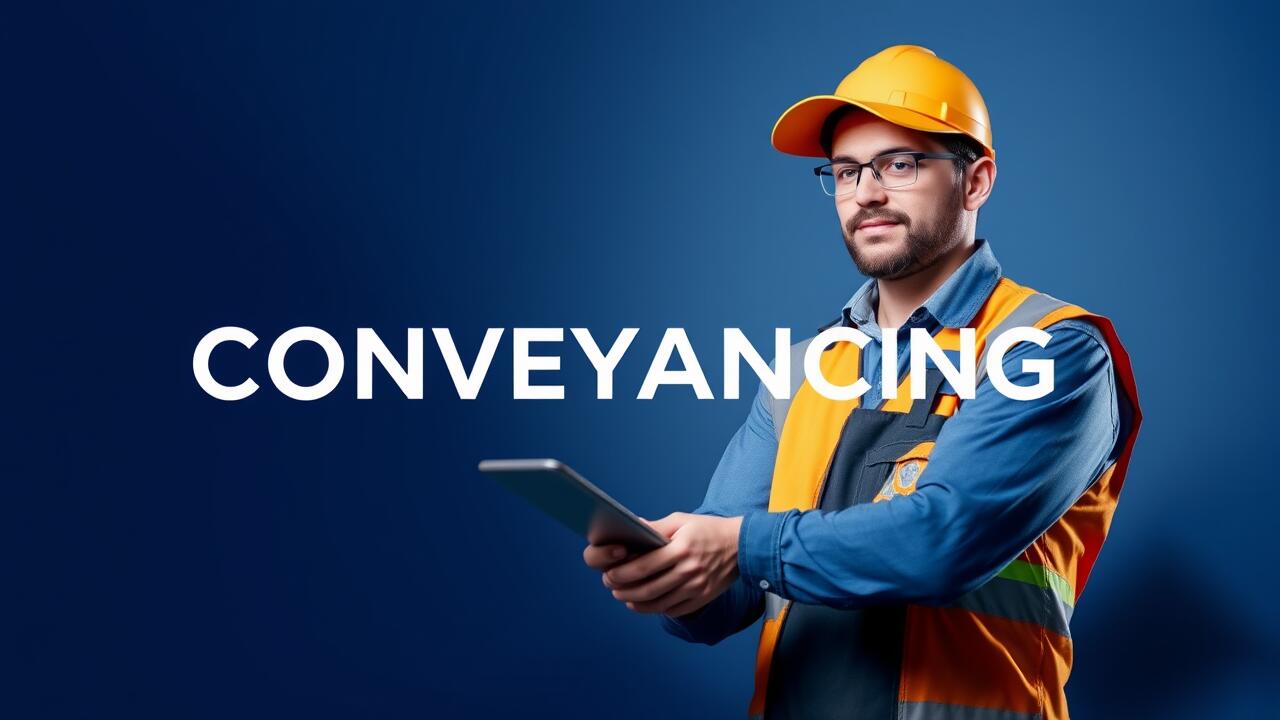
Common Delays in Conveyancing
Conveyancing often encounters a range of delays that can significantly extend the property transfer process. Issues such as slow responses from banks and financial institutions frequently hinder progress. Furthermore, obtaining necessary documentation from government agencies can lead to prolonged wait times. These factors create a bottleneck, leaving buyers and sellers frustrated as they navigate the complexities of property transactions.
Another common source of delays during conveyancing involves negotiations between parties. Disagreements over contract terms can stall proceedings while buyers and sellers seek to reach mutually acceptable conditions. Additionally, issues related to property surveys, inspections, or title checks may arise, leading to further complications. Addressing these challenges promptly is crucial to minimise the overall timeframe for conveyancing.
Identifying Potential Roadblocks
Various factors can hinder the conveyancing process, leading to significant delays. One common issue stems from discrepancies in property documentation, such as missing titles or unregistered easements. Local council approvals can also slow down transactions if not properly reviewed. Buyers and sellers may face unexpected complications that require additional time to resolve, which can disrupt the overall timeline.
Another roadblock in conveyancing arises from communication breakdowns between parties involved in the transaction. Delays can occur when sellers do not respond promptly to inquiries or when buyers fail to provide necessary information in a timely fashion. Even minor issues, such as delays in securing financing or issues identified during surveys, can create bottlenecks that prolong the process. Identifying these potential roadblocks early on is crucial to ensure a smoother conveyancing experience.
Role of Conveyancers in Speeding Up the Process
Conveyancers play a crucial role in streamlining the conveyancing process. Their expertise allows them to navigate complex legal documentation, ensuring that all necessary paperwork is completed accurately and on time. This efficiency helps to minimise delays that might arise from errors or missing information. By proactively managing timelines and maintaining effective communication with all parties involved, conveyancers significantly contribute to a smoother transaction.
The knowledge of conveyancers extends to local regulations and market practices, which can impact the speed of conveyancing. They are equipped to identify potential roadblocks early in the process, allowing for prompt resolution of issues. This proactive approach ensures that clients remain informed and engaged, facilitating a quicker journey from offer to settlement.
How Professionals Can Make a Difference
Professional conveyancers play a crucial role in expediting the conveyancing process. Their expertise allows them to anticipate and address common issues that could delay transactions. With an extensive understanding of property laws and local regulations, they can navigate potential pitfalls before they become significant roadblocks. Engaging a qualified conveyancer provides buyers and sellers with peace of mind, ensuring all paperwork is correctly completed and submitted in a timely manner.
Additionally, experienced conveyancers maintain strong communication lines with all parties involved in the transaction, including real estate agents, lenders, and local councils. This proactive approach helps ensure that necessary information is exchanged quickly and efficiently. By streamlining communication and managing timelines, these professionals can significantly reduce the conveyancing duration, benefiting all stakeholders in the property sale or purchase.
Technology's Impact on Conveyancing Efficiency
Technology has fundamentally transformed the conveyancing industry, streamlining processes that once took weeks or even months to complete. Digital platforms enable conveyancers to collaborate seamlessly with clients, other professionals, and regulatory bodies. This connectivity allows for the rapid exchange of documents and information, reducing the time spent on administrative tasks and facilitating quicker decision-making.
Furthermore, digital tools such as automated workflows and electronic signature technology decrease the likelihood of human error in transactions. By allowing for real-time tracking of the conveyancing process, stakeholders can stay updated on progress, pinpoint issues earlier, and expedite resolutions. This blend of efficiency and transparency significantly enhances the overall speed and reliability of conveyancing transactions.
Digital Tools That Improve Timelines
The integration of digital tools in conveyancing has significantly streamlined the process, reducing the time taken to complete transactions. Cloud-based platforms allow all parties involved in a property transaction to access and share documents instantly. This real-time collaboration helps mitigate delays often caused by paperwork being lost or miscommunicated.
Additionally, automated systems for tracking progress and sending reminders can keep clients and conveyancers informed about important deadlines and tasks. Online communication tools facilitate quicker responses and decision-making, eliminating the need for back-and-forth phone calls and emails. These advancements not only enhance efficiency but also improve overall client satisfaction in the conveyancing journey.
FAQS
What is conveyancing?
Conveyancing is the legal process of transferring property ownership from one person to another. It involves various steps, including contracts, title searches, and settlements.
What is the average conveyancing time in Australia?
The average conveyancing time in Australia typically ranges from 6 to 8 weeks, but this can vary depending on several factors, including the complexity of the transaction and the efficiency of the parties involved.
What are some common delays in the conveyancing process?
Common delays can include issues with title searches, financing approvals, incomplete documentation, and communication breakdowns between parties or their representatives.
How can a conveyancer help speed up the process?
A conveyancer can streamline the conveyancing process by managing paperwork efficiently, communicating effectively with all parties, and identifying potential issues before they cause delays.
What role does technology play in conveyancing efficiency?
Technology can significantly enhance conveyancing efficiency through digital tools that automate tasks, facilitate communication, and provide easy access to important documents, ultimately speeding up the process.


